On December 2, 2022, the US Air Force unveiled the Northrop Grumman B-21 Raider, its new dual-capable penetrating strike bomber. Developed to combat China’s growing military, the sixth-generation aircraft features the ability to launch both nuclear and conventional munitions, and will serve as “the backbone of the future Air Force bomber force,” alongside the Boeing B-52 Stratofortress.
Development of a new stealth bomber
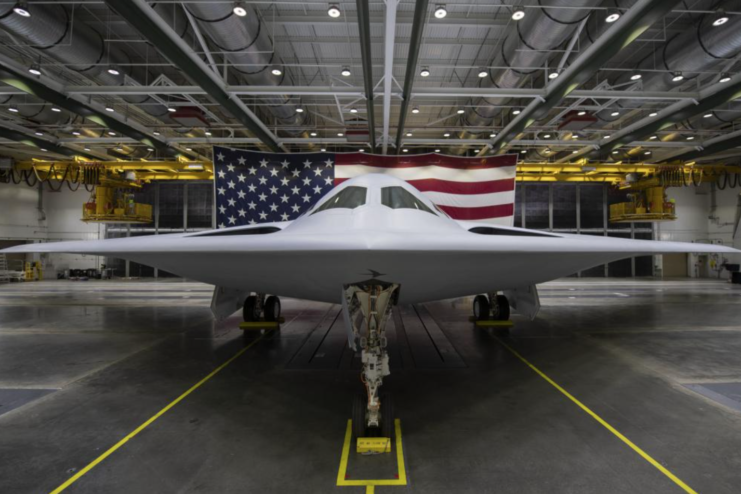
The B-21 Raider came about as part of the Air Force’s ultra-classified Long Range Strike Bomber (LRS-B) Program, which was launched in 2011. Northrop Grumman was awarded a development contract four years later, beating out Boeing and Lockheed Martin.
While a number of aspects regarding the B-21’s development have been kept quiet, a 2015 media report revealed the Air Force was interested in a bomber that could serve three different roles: intelligence collection, battle manager and interceptor. A year later, then-Secretary of the Air Force Deborah Lee James revealed the bomber would be a “fifth-generation global precision attack platform” with networked sensor-shoot capabilities.
The program successfully completed a weapons system Critical Design Review in 2018, and three years later concluded the Environmental Impact Statement (EIS) process. Over 8,000 individuals from 40 states have worked on the B-21, with parts being supplied by Rockwell Collins, BAE Systems, Janicki Industries, Orbital ATK, Pratt & Whitney, Spirit AeroSystems and GKN Aerospace.
What we know about the B-21 Raider’s specs
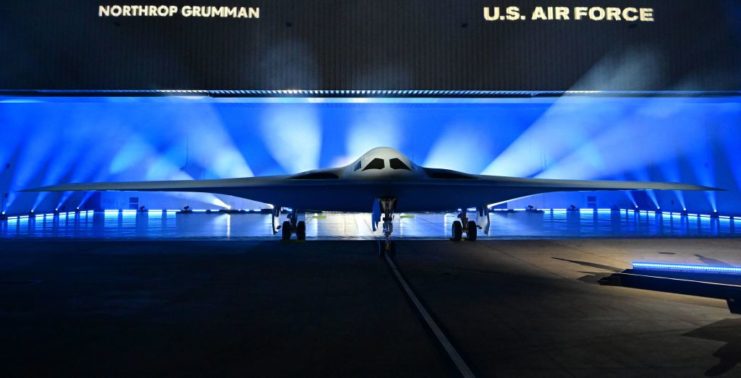
As the development process for the B-21 Raider was done behind closed doors, little is known about the stealth bomber – the length of its wingspan hasn’t even been released. That being said, some information has been shared with the public.
As aforementioned, the aircraft is capable of carrying conventional and nuclear weapons, which will consist of both direct-attack and standoff munitions. It’s also been developed with an open system architecture, which US Secretary of Defense Lloyd Austin said will allow for the addition of “new weapons that haven’t even been invented yet.”
Named for the Doolittle Raiders
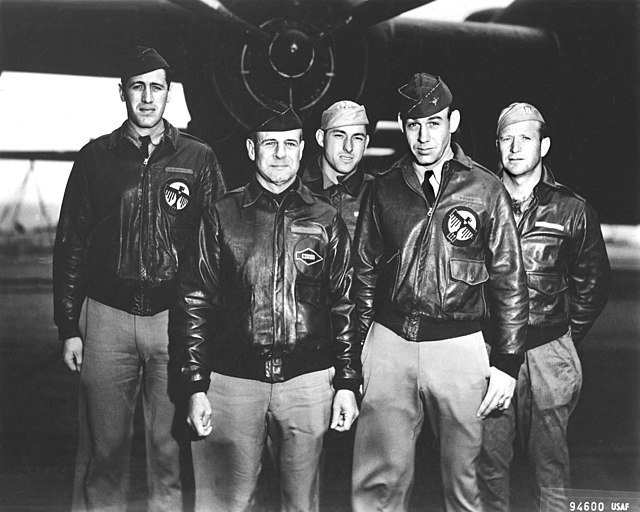
The B-21 Raider was named for the Doolittle Raiders, who launched a surprise attack against Japan during the Second World War. Not only did this force the country’s military to recall its combat forces for home defense, the actions of the group greatly increased morale on the American side.
Led by Lt. Col. James Doolittle of the US Army Air Forces, the pilots served as part of a “joint Army-Navy bombing project” and flew the North American B-25B Mitchell, a medium bomber that saw combat in every theater of the conflict. While serving in the Pacific, the aircraft was used to perform low-level strafing and bombings on Japanese airfields.
B-21 Raider reveal
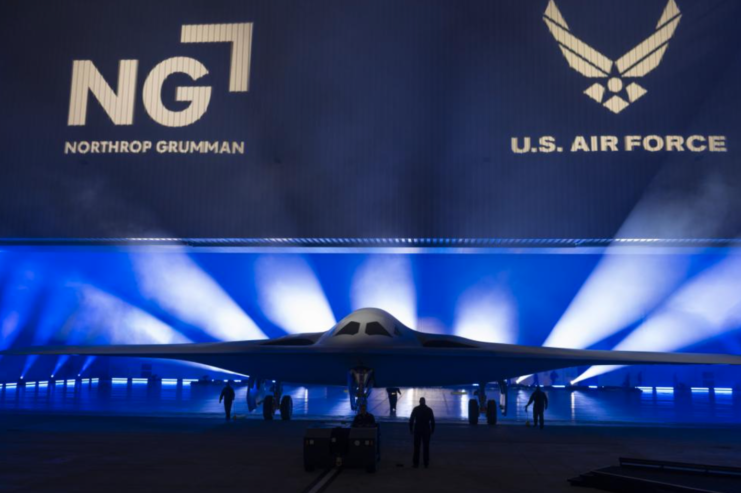
As aforementioned, the B-21 Raider was unveiled during a ceremony at Plant 42 in Palmdale, California on December 2, 2022. The presentation began with a flyover by the three bombers still in service with the Air Force – B-52, B-2 and the Rockwell B-1 Lancer – after which the hangar doors opened to reveal the new stealth bomber.
The B-21 is the first American stealth bomber to be developed in over 30 years, with Austin saying during the ceremony, “The B-21 Raider is the first strategic bomber in more than three decades. It is a testament to America’s enduring advantages in ingenuity and innovation. And it’s proof of the Department’s long-term commitment to building advanced capabilities that will fortify America’s ability to deter aggression, today and into the future.”
Future operations for the B-21 Raider
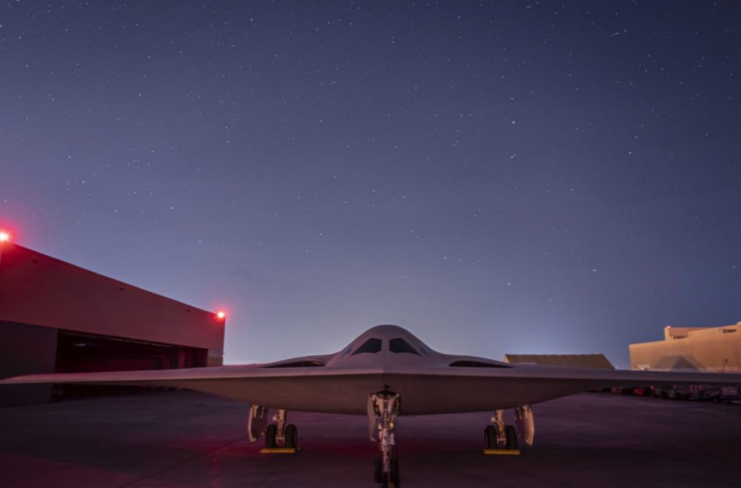
At present, six B-21 Raiders are in production, with the Air Force stating it would like to acquire a minimum of 100 units, at a price tag of around $692 million USD. This cost would include support equipment, engineering, flyaway costs, spare parts and training.
In 2021, it was announced the aircraft’s first main operating base and the location of the Formal Training Unit would be Ellsworth Air Force Base, South Dakota, with future homes being Whiteman Air Force Base, Missouri and Dyess Air Force Base, Texas. Additionally, depot planning will occur at the Air Force Sustainment Center at Tinker Air Force Base, Oklahoma, while the B-21 Combined Test Force would be based out of the Air Force Test Center at Edwards Air Force Base, California.
